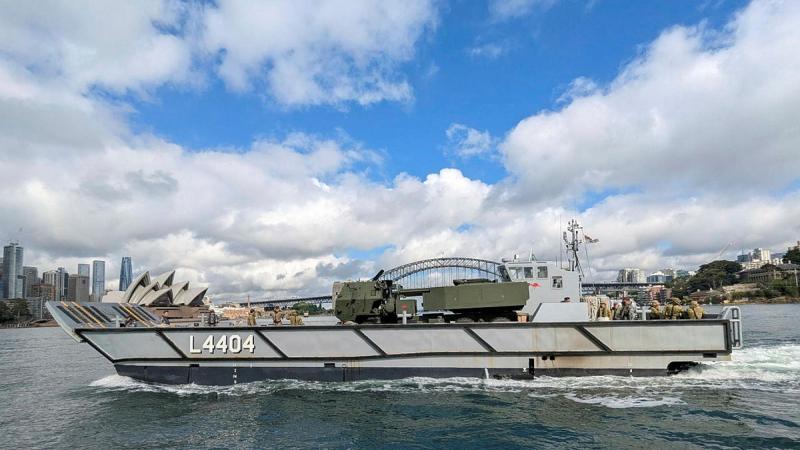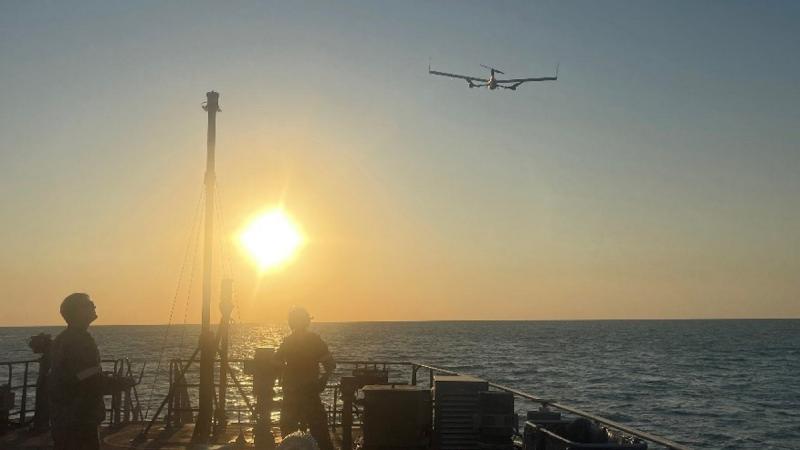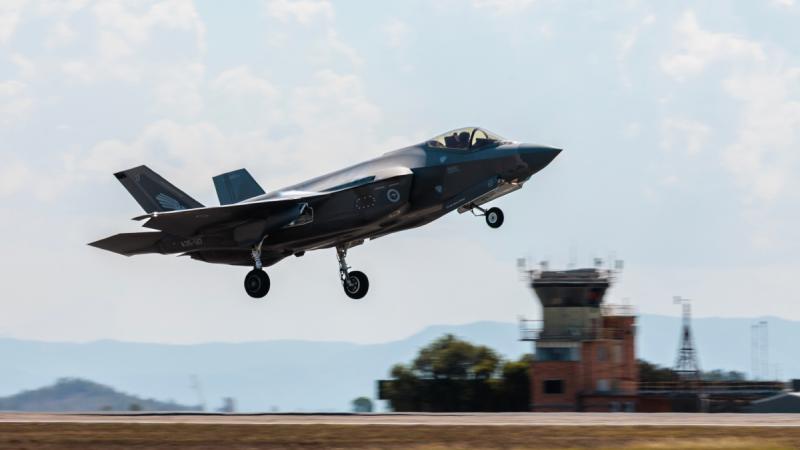12 March 2021
To the untrained eye, they resemble giant space tanks, their modern lines and intimidating turrets dominating the M113 armoured personnel carrier they will replace.
Hanwha Defense Australia’s Redback and Rheinmetall Defence Australia’s Lynx were on display in Canberra on March 12.
Both are candidates for Army’s future infantry fighting vehicle, with Defence looking to acquire up to 450 under Land 400 Phase 3.
From an earlier selection of four vehicles, Lynx and Redback were assessed as best to meet Defence’s requirements with growth potential to address future and evolving threats.
Three of each vehicle have arrived in Australia to undergo a risk-mitigation activity that will include mobility, reliability and blast testing.
Contracts, supply chains and maintenance associated with the vehicles will also be examined, with a recommendation on the preferred tenderer going to government for decision next year.
Capability Acquisition and Sustainment Group’s Head of Armoured Vehicles Major General David Coghlan said both were fifth-generation infantry fighting vehicles that would far surpass their predecessor, which had been in service in various forms since 1965.
“The world has changed, the M113 has been in service almost as long as I’ve been alive,” Major General Coghlan said.
“The operational environment today is totally different, far more demanding and far more threatening.”
Vehicle crews working with the evaluation program are due to commence conversion training in the coming weeks, before putting the vehicles through their paces.
“The trial soldiers will be on a steep learning curve going into a fully digitised vehicle and turret, but they are up to it and are looking forward to putting the vehicles through their paces,” Major General Coghlan said.
“Once a fleet of these is in our hands, they’ll operate in ways we haven’t contemplated yet.”
Aside from the three-man crew, the vehicles can carry six dismounted soldiers protected by armour and firepower generations ahead of the M113.
“The role of the dismount in many ways won’t change, but they’ll be better protected and have much better communication and connectivity,” Major General Coghlan said.
“How dismounts are used will be reflected in the ability of the vehicles to dominate the battlefield.”
The evaluation team would also keep in mind potential for future digital, mechanical and weapon upgrades.
Despite the striking size difference, Major General Coghlan said this reflected the realities and dangers of contemporary battlefields.
“Big equals protection and that in the modern environment equals weight, but increased weight does not mean decreased mobility,” he said.


